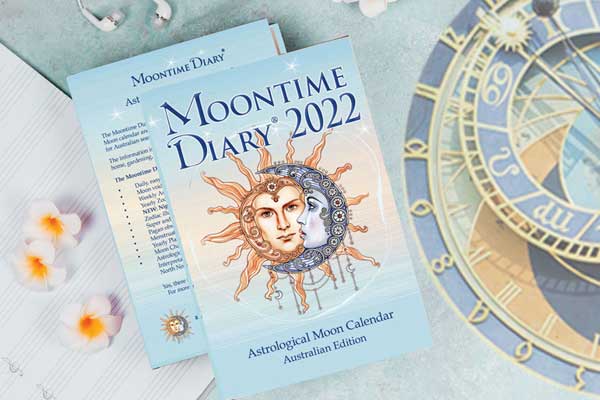As I write this I’m listening to Johann Pachelbel’s Canon in D. This Baroque masterpiece has been played innumerable times at weddings and in movies (some would say overplayed) but it retains a core beauty and never fails to work its emotive magic. It inspires nostalgia and sweet sadness, yet also leaves me feeling uplifted, hopeful, in awe of the power that we human beings hold within us to create, connect and bring beauty to the lives of others.
I say this because that describes how I feel after undertaking the experience I’m reviewing for you: a week-long intensive therapeutic retreat which forms the cornerstone of the Hoffman Process, a comprehensive three-month personal development program that costs AU$5340. (Some scholarships are available for people in need who have sparse funds.)
Haven’t heard of it? Neither had I, until an email landed in my inbox to outline “the process” and invite me — and so you, the reader — on a journey. Intrigued, I read testimonials and information on their website, read as many independent media reports as I could find (overwhelmingly positive) and, yes, also read stories about the process being part of a cult, a point that my journalist’s inbuilt radar agreed may have validity.
It’s part of our job to be wary, to know the flow-on effects that untruths and lack of transparency can have for readers. Yet, it’s also our job to act on instinct; to do thorough research to satisfy the intellect but then suspend judgement, trust our gut feeling and dive in. On the understanding the Hoffman Process was legitimate and potentially valuable for others, I went along for the ride.
What a ride it was. There’s not a whole lot I can share about the specifics of the process, as that would ruin its impact for those of you who choose to experience it. However, let me tell you, the six-and-a-half days I spent at Sangsurya — the Australia/Singapore Hoffman retreat base in the hills beside Byron Bay in northern NSW — exhausted me physically and mentally. I participated in large and small group work, physical activity and visualisations from 8.30am to 9pm most days and I shared my deepest, most intimate experiences, thoughts and feelings with total strangers in a very safe, supportive space.
=Q=
On the flip side, I also left feeling empowered by the potential I discovered within to unfurl into my essential wholeness, to relate to other people as their true selves rather than an externalised version of my negative thoughts and beliefs, and to claim the space in the world that’s always been there for me — I just couldn’t recognise it.
To the sceptical and the scoffers among you (I know you’re there, I used to be one), bear with me. The process has a solid grounding in theory, its success as a treatment is backed by academic studies and it is run by supervising facilitators who have, at minimum, a postgraduate degree in psychotherapy as well as an extensive background in mental health practice. They’re also trained in the Hoffman method: a legacy of the late Bob Hoffman, who founded the Hoffman Process in 1967.
Hoffman was a US psychotherapist who developed his own framework for understanding human behaviour and development that incorporates all four interlinked aspects of the self: spiritual self, physical body, emotional self and intellect. The non-profit Hoffman Institute now operates centres in 13 countries and has helped more than 90,000 people around the world.
The process works on the premise that our relationships with our parents and caregivers when we are children shape our relationships with ourselves and others as well as how we perceive the world. Regardless of whether you view your parents as “good” or “bad”, as children we all responded to their behaviour and nonverbal communication towards us — their “negative love” — by internalising their responses: by taking that outside world into our inner world.
=Q2=
The theory goes that, as you identify and deconstruct these long-held patterns of feeling, thinking and behaving in relationships, you learn to develop deep compassion for and understanding of others and yourself. You can then start to heal with the assistance of constructive, practical tools, such as nonviolent communication techniques.
As for my own process, I feel that there’s been a fundamental shift in how I view, respond to and act in the world. Where there was once a withdrawn, scared, self-loathing, overly self-sufficient little girl, a confident, flourishing, authentic woman is unfolding. She’s still quiet and observant but she owns those qualities, and is living her one wild and precious life.
I’ve been privileged to meet 13 incredibly courageous, spirited people — from all walks of life and with all manner of baggage — who accompanied me on the process, who know more about me than anyone else does and who I plan on being friends with for a long time to come. I’ve made great inroads to further healing my fraught relationship with food and my body, which was for a long time tempestuous and often dark.
And I’ve discovered that Beauty, lovability, the ability to deeply connect with others — whatever the qualities are that you think you lack — all lie within. You just need to be brave enough to see and destroy the dark dungeon in which you’ve been living, hightail it out of there and immerse yourself in light.
- The writer was a guest of Hoffman Australia/Singapore. For more details, visit hoffmanprocess.com.au.











